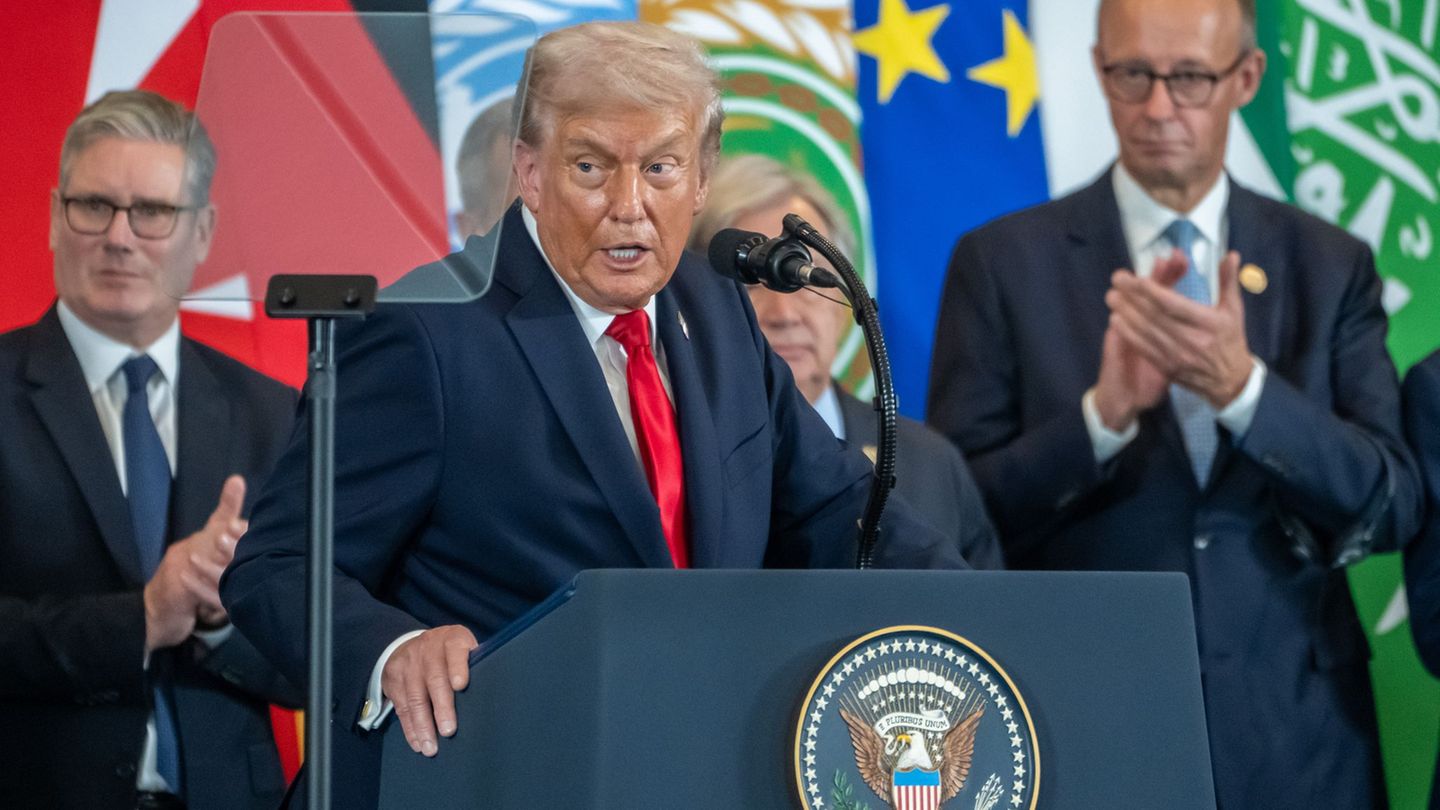According to Exchange Balance, between January and May US$28,787 were sold million to importers. On the other hand, the monetary entity recorded liquidations of exporters for US$36,065 million. Thus, the “cash” balance was US$7,278 million in the period. Meanwhile, for the INDEC, in the same period sales operations were registered for US$35,917 million and imports for US$32,722 millions, which leaves a balance of US$3,196 million in the first five months.
Namely, there was a difference in the surplus in favor of “the box” of the BCRA of more than US$4,000 million, which show that they are not enough to meet all the needs of the country. It must be taken into account that this balance includes energy imports that take an average of US$1,000 million per month. The difference is the product of higher freight payments, consumption of services abroad and outbound tourism, among other issues. It is what prevents the BCRA from adding international reserves.
In May, the measure that provides that companies can access the foreign exchange market freely for a value equivalent to 105% of what they bought in 2021 and 170% of 2020 was already in force. Anything that exceeds that has to be financed for 180 days. ASome importers of goods that are not manufactured in the countrysuch as car brands that have a tradition in the local market, So far, they managed to get the companies they work with abroad to give them the necessary financing, depending on the fact that they know that sooner or later they will be paid. In other cases, it is glarge multinational firms that obtain credit from their parent companies or from banks. They are players with ample financial back.
On the other hand, the comparison between the spreadsheets of the Central Bank and INDEC reveals that while for the statistical agency the surplus of the fifth month was only US$356 million, in the “box” there were actually US$2,015 million left, that is, 27.6% of the goods surplus recorded to date. In that period, the BCRA received US$8,933 million from exporters, US$707 million more than what was declared by Customs, and sold US$6,918 million to importers, US$952 million less than the declared operations.
Another element to take into account is that just last month the total Exchange Balance (includes all types of payments and collections of trade in goods, services, debt cancellations, etc.) achieved a small surplus of US$342 million. The records of the Central Bank had been showing a deficit since last October.
According to estimates from companies in the export sector consulted by Ámbito, lThe measure to reinforce the control of import payments launched on Monday by the Central Bank would have the objective of delaying payments for some US $ 1,300 million per month between July, August and September, which would add another US$3.9 billion to those that have already been postponed throughout 2022.
The announced reinforcement consists, essentially, in that the goods that enter with Non-Automatic Licenses (LNA) have to be financed for six months. The LNAs represent 17% of Argentine imports and are generally applied to goods that have a local manufacturer or to some final consumer goods. They are a protection mechanism authorized by the World Trade Organization (WTO).
Source: Ambito
David William is a talented author who has made a name for himself in the world of writing. He is a professional author who writes on a wide range of topics, from general interest to opinion news. David is currently working as a writer at 24 hours worlds where he brings his unique perspective and in-depth research to his articles, making them both informative and engaging.




